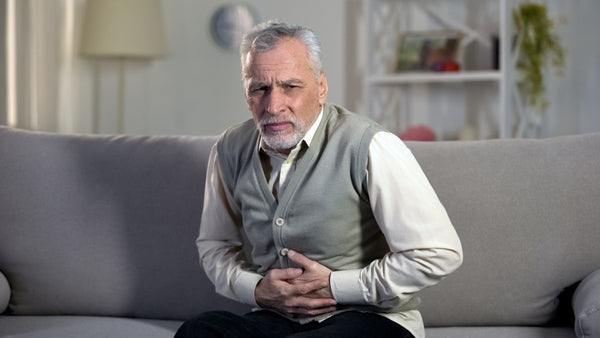
How to Avoid the Surprise
of Traveller’s Diarrhea
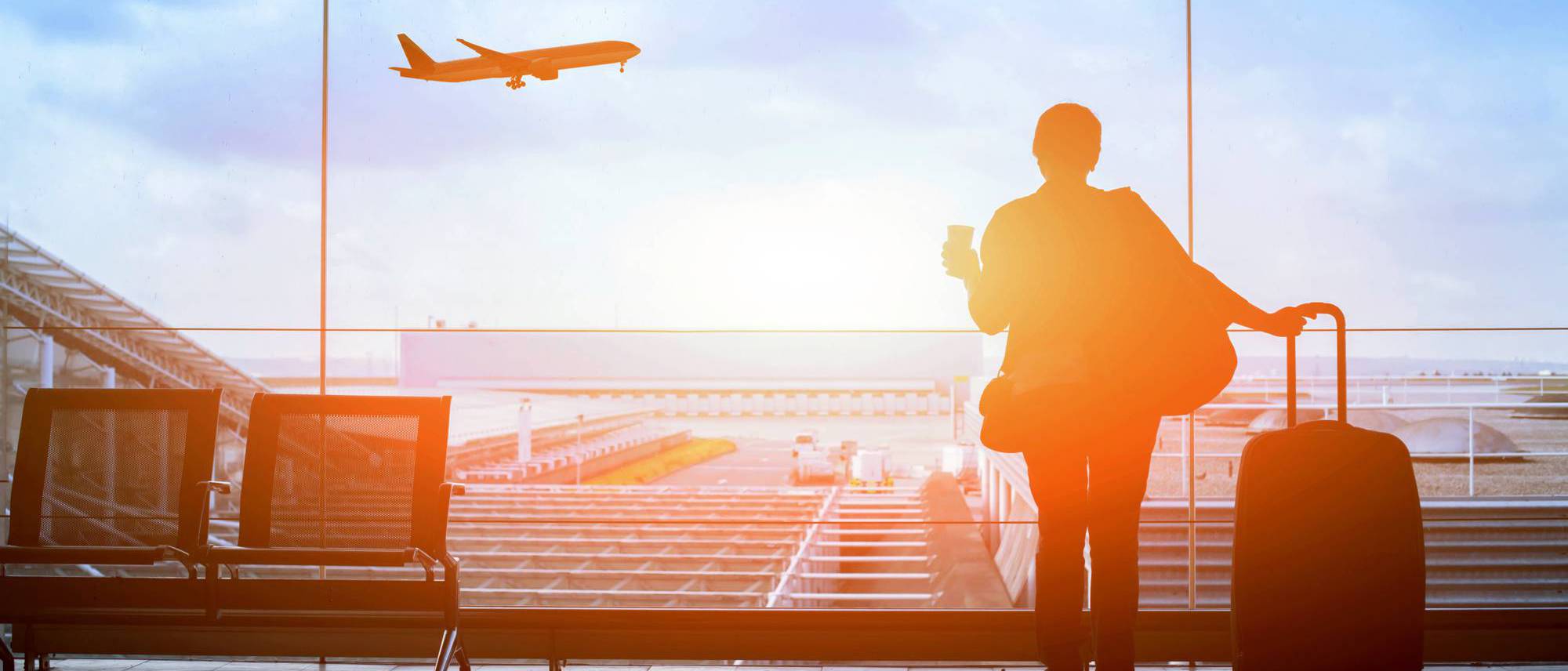 You’ve spent months preparing for your dream vacation.
You’ve spent months preparing for your dream vacation.
After countless hours scrolling down on Trip Advisor and highlighting practically every recommendation on your Lonely Planet traveller’s guide, you’ve got every single detail of your trip planned down to a T.
But what you haven’t prepared for is coming down with a case of traveller’s diarrhea—the most common travel-related illness—which can quickly turn your marvelous long-awaited trip into an agonizing experience.
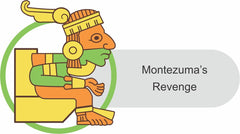
Believe it or not, this scenario affects 30–70% of travellers, depending on their destination. The risks of getting “Montezuma’s revenge”, “Delhi belly”, the “Aztec two-step”—or whatever euphemism you prefer—vary greatly depending on where you go and at what time of the year.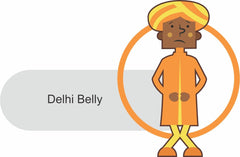
The highest-risk destinations are Asian countries (with the exception of Japan), the Middle East, Africa, Mexico, and Central and South America. Travelling to Eastern Europe, South Africa, Argentina, Chile, and some Caribbean islands also poses some medium risk, while the risks are significantly lower in destinations such as the United States., Canada, Northern Europe, Australia and New Zealand.
Since there are many myths and misconceptions about traveller’s diarrhea, we’ve compiled this handy guide that everyone in your travel party should check before leaving home to avoid unpleasant surprises!
What exactly is traveller’s diarrhea?
Traveller’s diarrhea is a stomach and intestinal infection that occurs as a result of eating or drinking contaminated food or water that has been handled in an unsanitary manner. 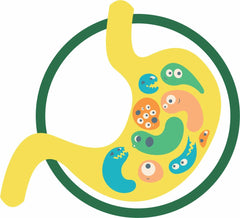 Contrary to popular belief, contaminated food, not water, is the primary cause of this illness. One of the most common ways of being affected is by cooks and food handlers who don’t wash their hands after they’ve used the bathroom, thus spreading bacteria to unknowing patrons. Another frequent cause is when vegetables and fruits are chopped on the same surface as raw meat.
Contrary to popular belief, contaminated food, not water, is the primary cause of this illness. One of the most common ways of being affected is by cooks and food handlers who don’t wash their hands after they’ve used the bathroom, thus spreading bacteria to unknowing patrons. Another frequent cause is when vegetables and fruits are chopped on the same surface as raw meat.
Almost 80% of all cases of traveller’s diarrhea are caused by E. coli bacteria, while only 20% are caused by other types of bacteria, which can include Salmonella, Shigella, and Campylobacter, parasites, and viruses.
The symptoms of traveller’s diarrhea can vary. However, abdominal cramps, bloating, nausea, vomiting, fever, and at least three unformed stools in a 24-hour period are the typical signs of infection.
What can you do to avoid getting traveller’s diarrhea?
Keep Your Hands Clean
- Wash your hands with soap and water often, especially before eating and after using the bathroom.
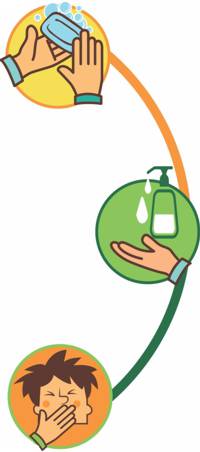
- Carry and use pre-packaged hand wipes or hand sanitizer with an alcohol base of at least 60%, which will decrease the likelihood of the bacteria’s spread.
- As a general rule, keep your hands away from your mouth.
Watch What You Eat
- Choose foods that are cooked and served hot, avoid food that’s been sitting around in a buffet.
- Eat raw fruits and vegetables only if you’ve washed them with clean water or if you’ve peeled them.
- Avoid dairy, and uncooked meat or seafood.
- Avoid purchasing food from street vendors.
- Choose a popular restaurant when you go out to eat. Usually, if a restaurant is crowded the food isn’t left sitting around for long.
Watch What You Drink
- Avoid drinking tap water.
- Drink bottled water and beverages from factory-sealed containers. Check the seals to verify that they haven’t been tampered with. Sometimes water bottles are simply refilled from the tap.
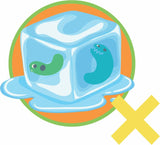
- Avoid ice cubes or frozen drinks. Since the water source is unknown, try to keep away from them even while drinking alcoholic beverages. Keep in mind that alcohol isn’t strong enough to kill parasites, viruses, and bacteria, and they are not destroyed by freezing.
- Use bottled water to mix baby formula, or buy sealed premixed formula.
- Order your coffee or tea steaming hot, not tepid.
- Boil tap water or milk if you don’t have access to bottled water or sealed pasteurized milk.
Other Measures
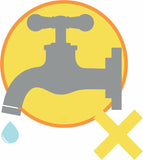
Remember that you can still get traveller’s diarrhea from tap water, even without drinking it. That’s why it’s important to brush your teeth with bottled water and keep your mouth closed while showering. Also, remember to check if natural bodies of water are safe before you go swimming.
Oh no! What to do now?
If you already have the first signs of diarrhea, that means you will be constantly losing fluids and electrolytes. Make sure you have access to clean water and that you keep yourself well hydrated. Regularly check the colour of your urine for signs of dehydration. The darker it gets, the less hydrated you are.
For professional tips on what to do, read our "Ask Our Pharmacist" post "How can I prevent dehydration from diarrhea?"
It’s always better to be safe than sorry. Remember to pack a travel medical kit that includes a non-systemic anti-diarrheal OTC medication. Fowler’s anti-diarrheal suspension, or the convenient tablets format, can help you treat the symptoms of this tummy turning illness before it ruins your long-awaited vacation. Unlike other types of anti-diarrheal medication, Fowler’s won’t block your digestive system or upset the beneficial bacteria in your bowels.
Finally, if you notice blood in your stool or have a high fever, these are signs of a severe infection and you should make sure to see a doctor as soon as possible. Taking these precautions and knowing what to do in case traveller’s diarrhea strikes can make all the difference in the world and help you make sure you’ll truly enjoy your trip.
Download the Infographic
Download our colourful infographic as a PDF here and use it as a handy checklist for everyone in your travel party to avoid surprises!
Do you have your own tips to share about avoiding—or dealing with—traveller’s diarrhea? Tell us your story in the comment section below. Your advice may save someone from a real trip-spoiler!


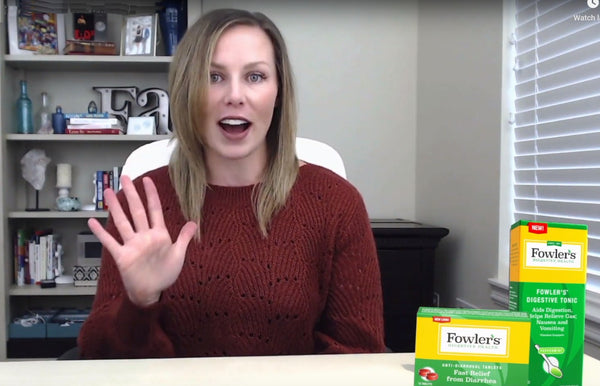
Comments
Leave a comment